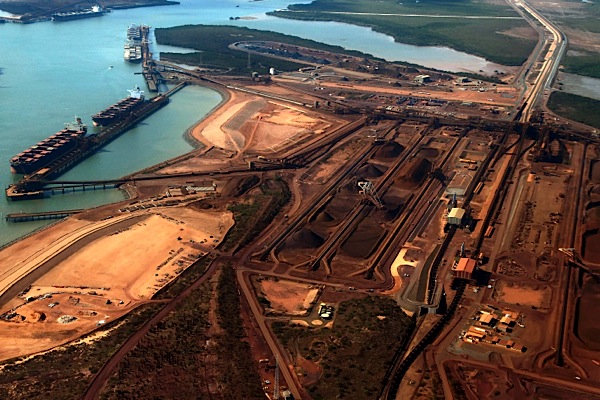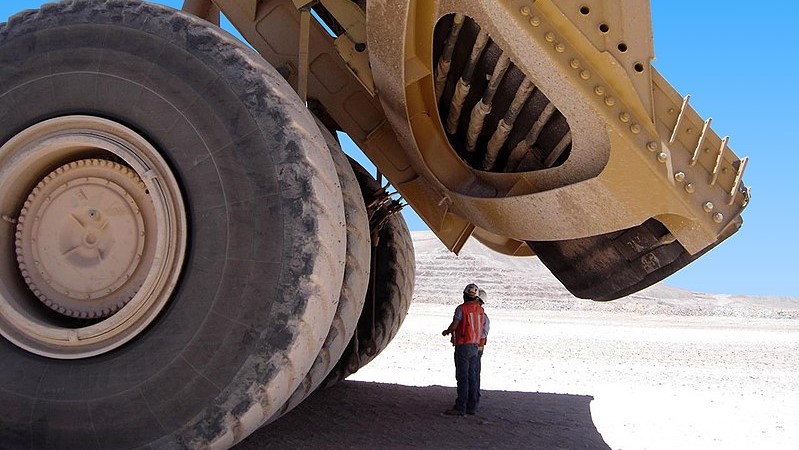Iron ore recovery gives miners breathing space
The spot price of iron ore extended its recent gains on Monday, sitting at a seven-week high and providing this way some breathing space to miners, particularly mid-tier producers.
Prices for the steel-making material added Monday US$1.28 or 2.17% to US$59.09 a tonne, taking its gain since bottoming at $47.08 on April 2 to 25%, according to data provided by the Metal Bulletin’s benchmark.
The revival means that at least three Australian miners, previously in the red or dangerously close to it, have resumed making money.
Those companies, Fortescue Metals Group (ASX:FMG), BC Iron (ASX:BCI), Mount Gibson Iron (ASX:MGX) and US miner Cliffs Natural Resources (NYSE:CLF), are now believed to be above their “break-even” price, the Sydney Morning Herald reports.
- Fortescue, the world’s fourth biggest producer, needs iron ore prices to be about $50 per tonne to cover its cost of production, royalties, maintenance spending and its debt obligations.
- BC Iron can generate cash as long as the benchmark iron ore price is $55 per tonne or higher.
- Mt Gibson Iron should also be breathing better, as it estimated “break-even” price is $53.
- And Cliffs Natural Resources, set to update investors on Wednesday, has said its cash costs of producing iron ore are around $39 per tonne.
In contrast, mid-tier producer Atlas Iron (ASX:AGO) —which needed an in ore price of $60/t to keep its head above water— is mothballing its WA mines under a staggered plan announced earlier this month.
Some attribute the switch to a bull market (a more than 20% appreciation from a low is considered a bull market) to the top producers latest announcements, which seemed to signal willingness to begin tackling oversupply.
However, the Big Three iron ore miners – Vale (NYSE:VALE), Rio Tinto (NYSE:RIO) and BHP Billiton (NYSE:BHP) – did announce production numbers last week showing output growth continuing to climb.
Number three producer BHP also announced that it’s pushing out its $2 billion Port Hedland expansion or “debottlenecking” project. Not because it’s paring down production growth to its target 290 million tonnes per year – the Melbourne-based company explained that its already installed infrastructure “continues to exceed expectations” and putting on hold the project means it can slash costs further.
{{ commodity.name }}
{{ post.title }}
{{ post.date }}



Comments